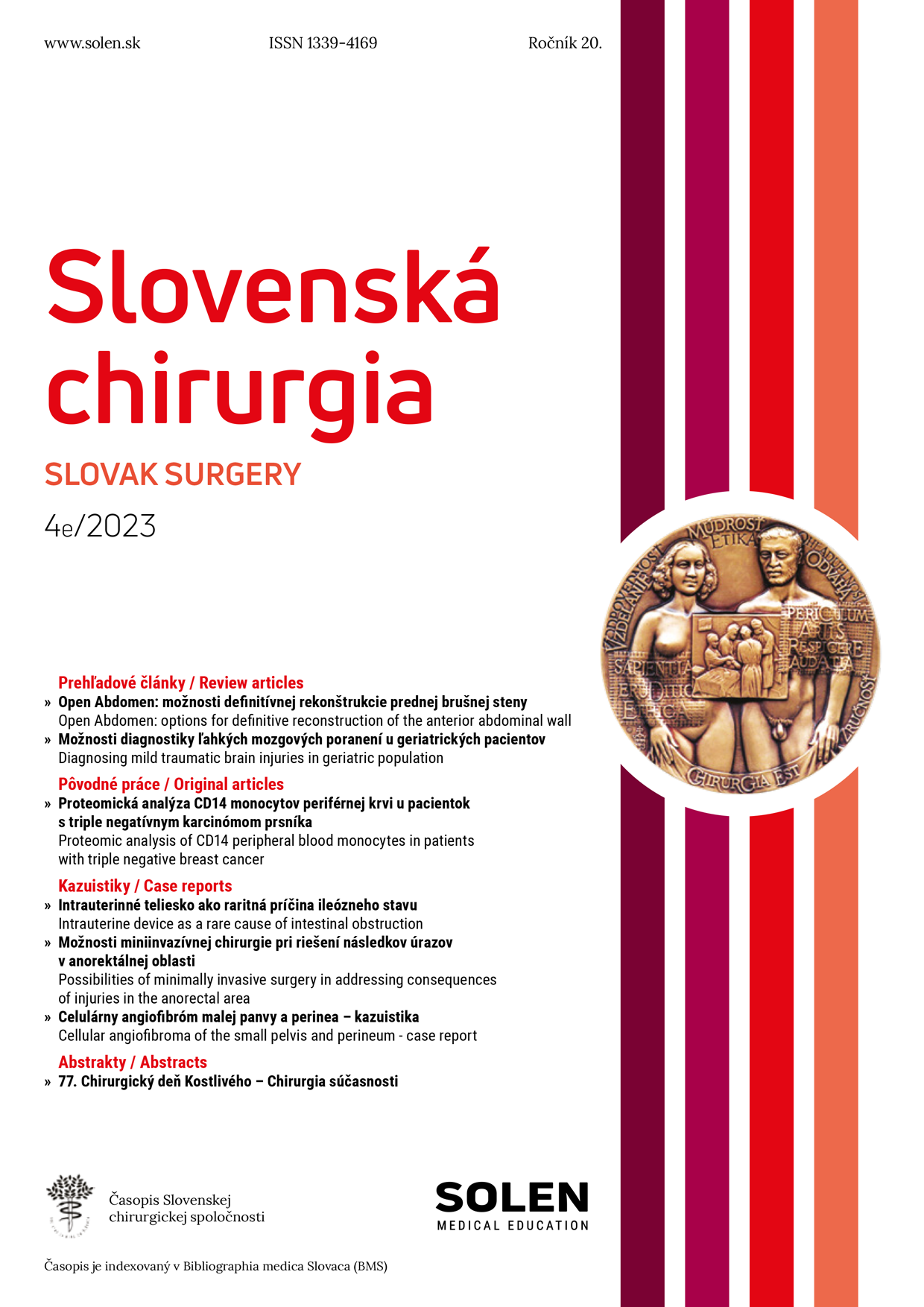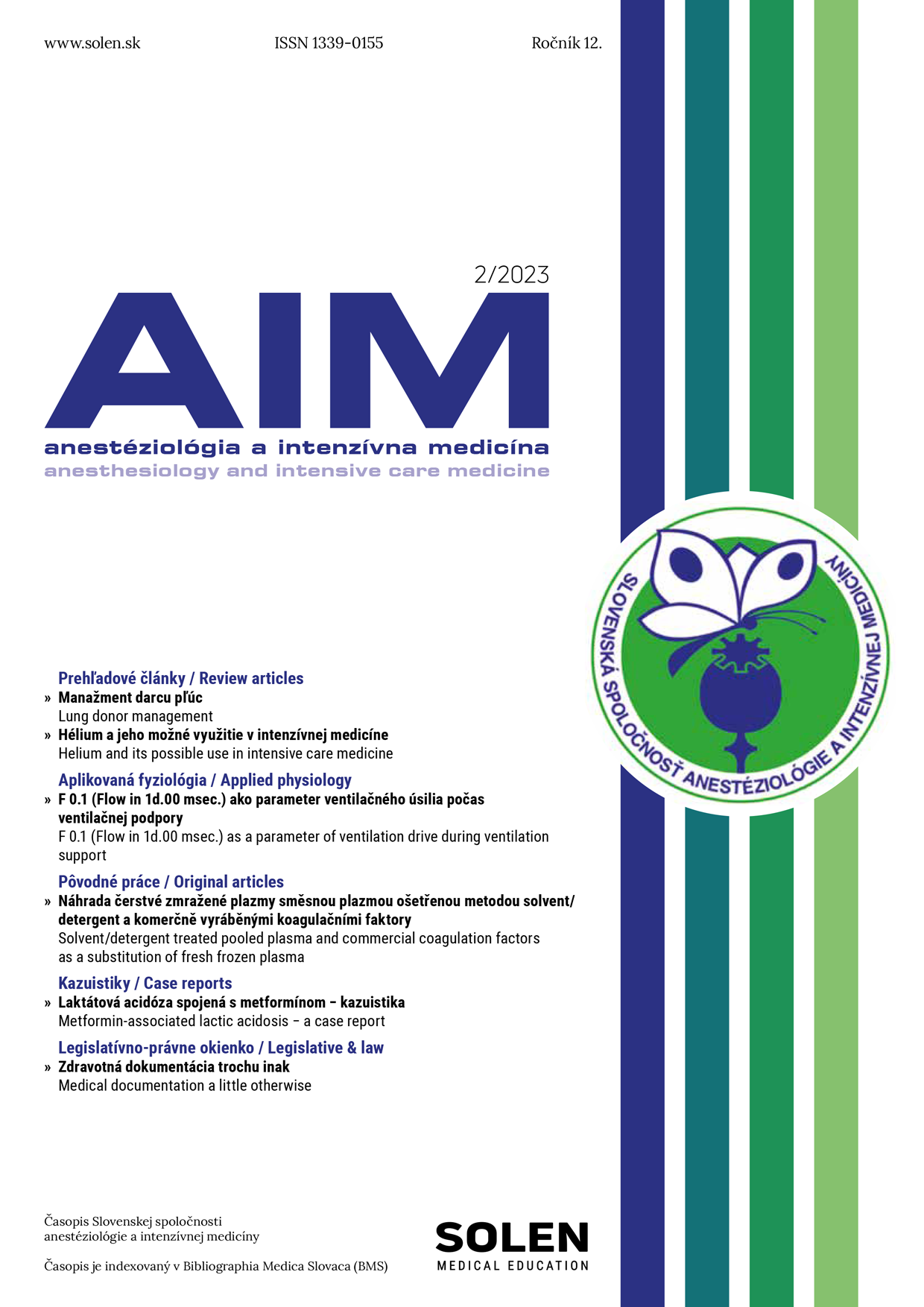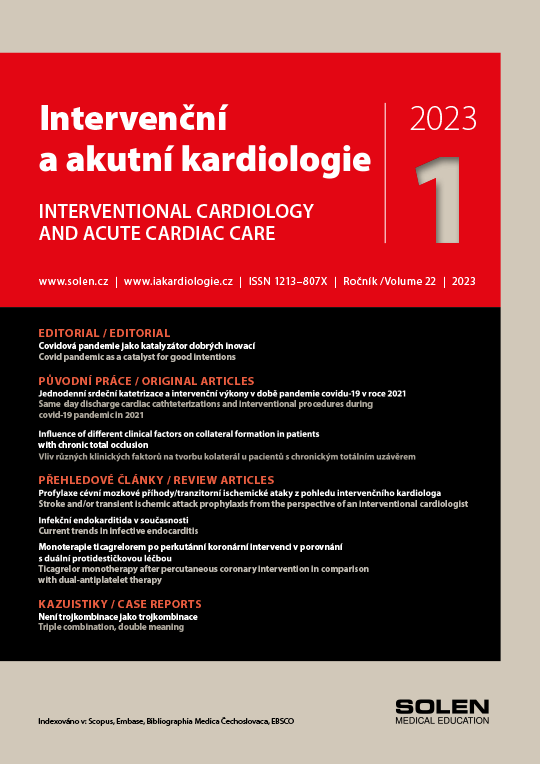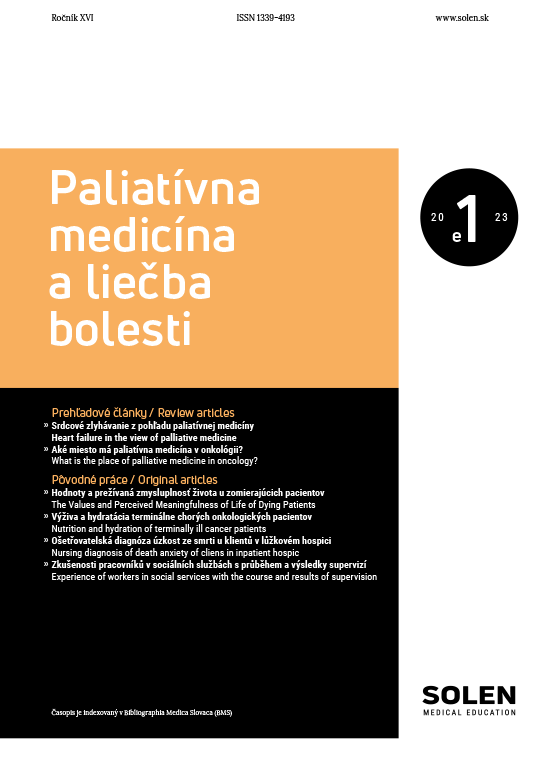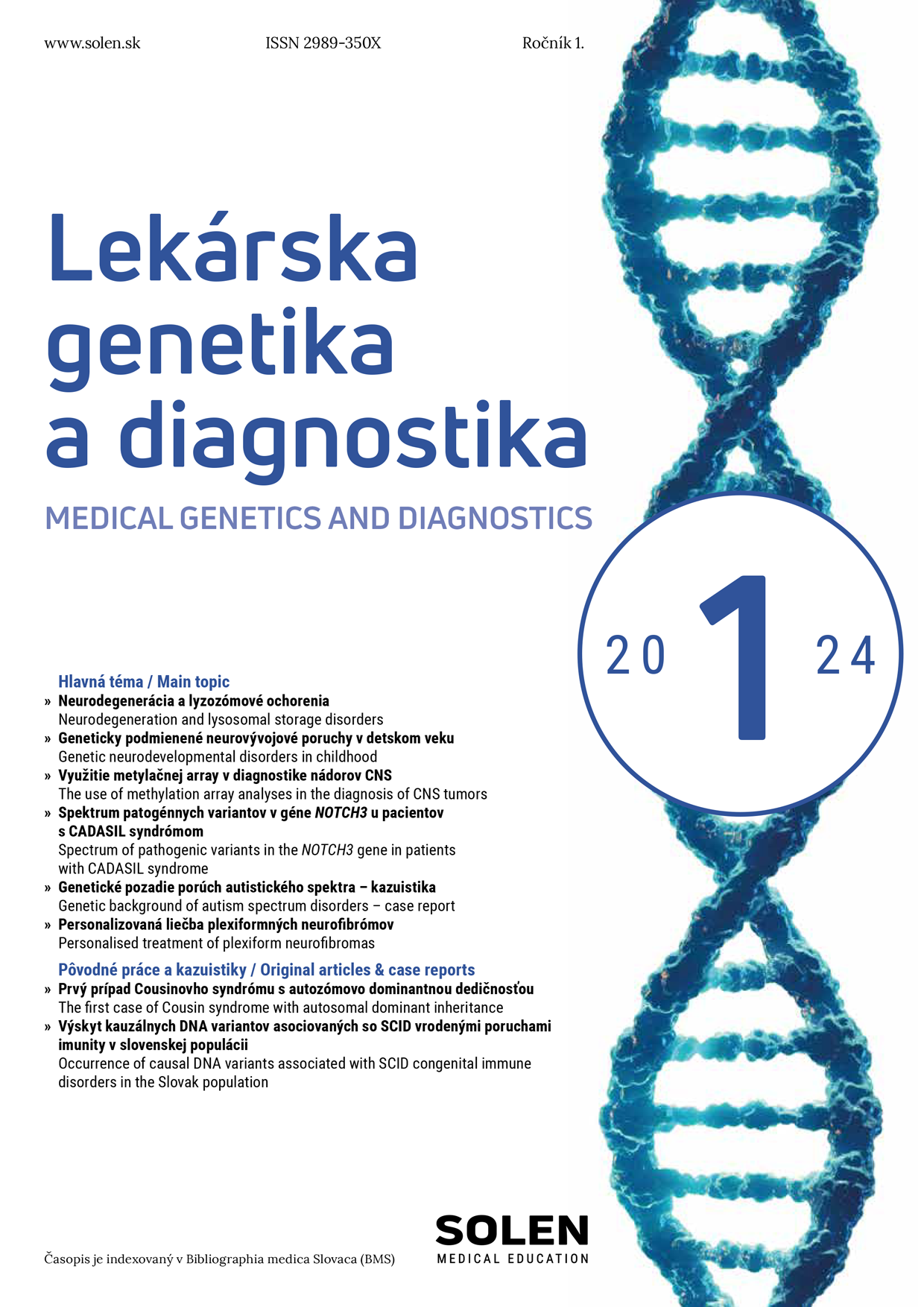Psychiatria pre prax 1/2014
Demence s Lewyho tělísky
Demence s Lewyho tělísky (Diffuse Lewy Body Disease, DLBD) je demence neurodegenerativního původu. Po Alzheimerově chorobě je co do výskytu druhá nejčastější neurodegenerativní demence a třetí nejčastější demence vůbec. Má specifickou patologii, dochází k degeneraci neuronálního proteinu alfa-synukleinu – podobně jako u Parkinsonovy choroby, ale zde jsou postiženy různou měrou i korové neurony. Zároveň se často v různé míře vyskytují alzheimerovské změny, degenerace neuronálního tau-proteinu a tvorba amyloidových plak. Klinicky existuje několik forem, které do sebe vzájemně přecházejí – forma subkortikální, forma kortikosubkortikální. Demence na podkladě DLBD je charakterizována především těmto rysy: V krátkém časovém horizontu je značná fluktuace stavu. Z kognitivních funkcí je nejdříve a nejnápadněji postižena pozornost. Jsou častá přidružená deliria. Vyskytují se zrakové nebo komplexní halucinace, doprovázené produkcí paranoidních bludů. Je častý výskyt parkinsonských potíží, hl. rigidity, často s pády. Pacienti jsou přecitlivělí na antipsychotika, jejichž podání zvyšuje četnost pádů.
Kľúčové slová: demence, halucinace, Lewyho tělíska, pády, pozornost.
Dementia with Lewy bodies
Dementia with Lewy bodies, also known as diffuse Lewy body disease (DLBD), is a dementia of neurodegenerative origin. It is second only to Alzheimer’s disease as the most common neurodegenerative dementia and the third most common of all dementias. It has a specific pathology, with the occurrence of degeneration of the neuronal protein alpha-synuclein – similarly to Parkinson’s disease; however, cortical neurons are also affected to a varying degree. In addition, Alzheimer’s changes, neuronal tau protein degeneration, and amyloid plaque formation often occur in varying degrees. Clinically, there are several forms that overlap with each other – subcortical form, corticosubcortical form. DLBD is particularly characterized by the following features: Marked fluctuation of the condition occurs within a short time interval. Attention is the cognitive function to be first and most conspicuously affected. Associated deliria are frequent. There are visual or complex hallucinations accompanied by the formation of paranoid delusions. The occurrence of parkinsonian symptoms, particularly rigidity, often with falls, is frequent. The patients are oversensitive to antipsychotic drugs the administration of which increases the frequency of falls.
Keywords: dementia, hallucinations, Lewy bodies, falls, attention.


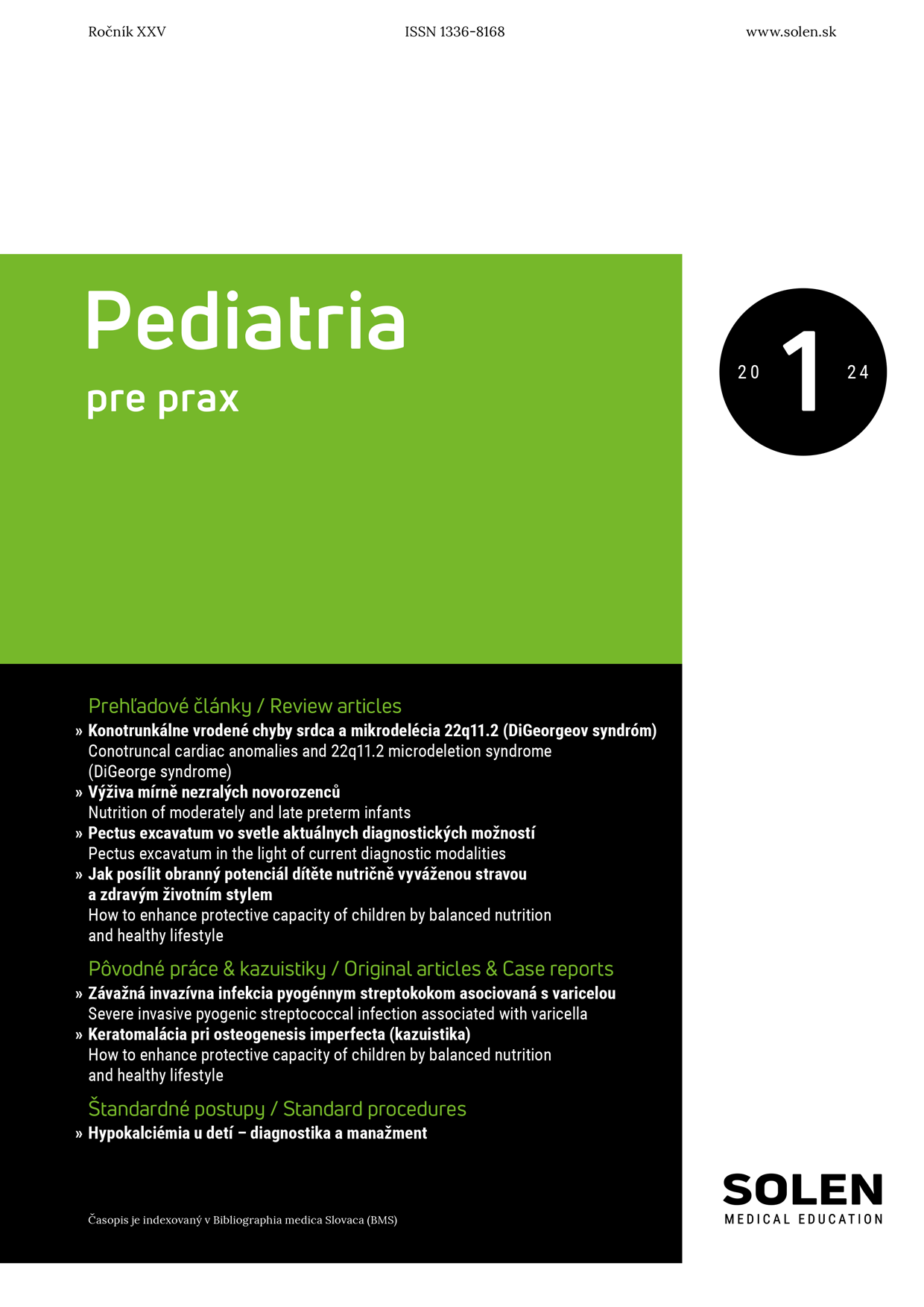
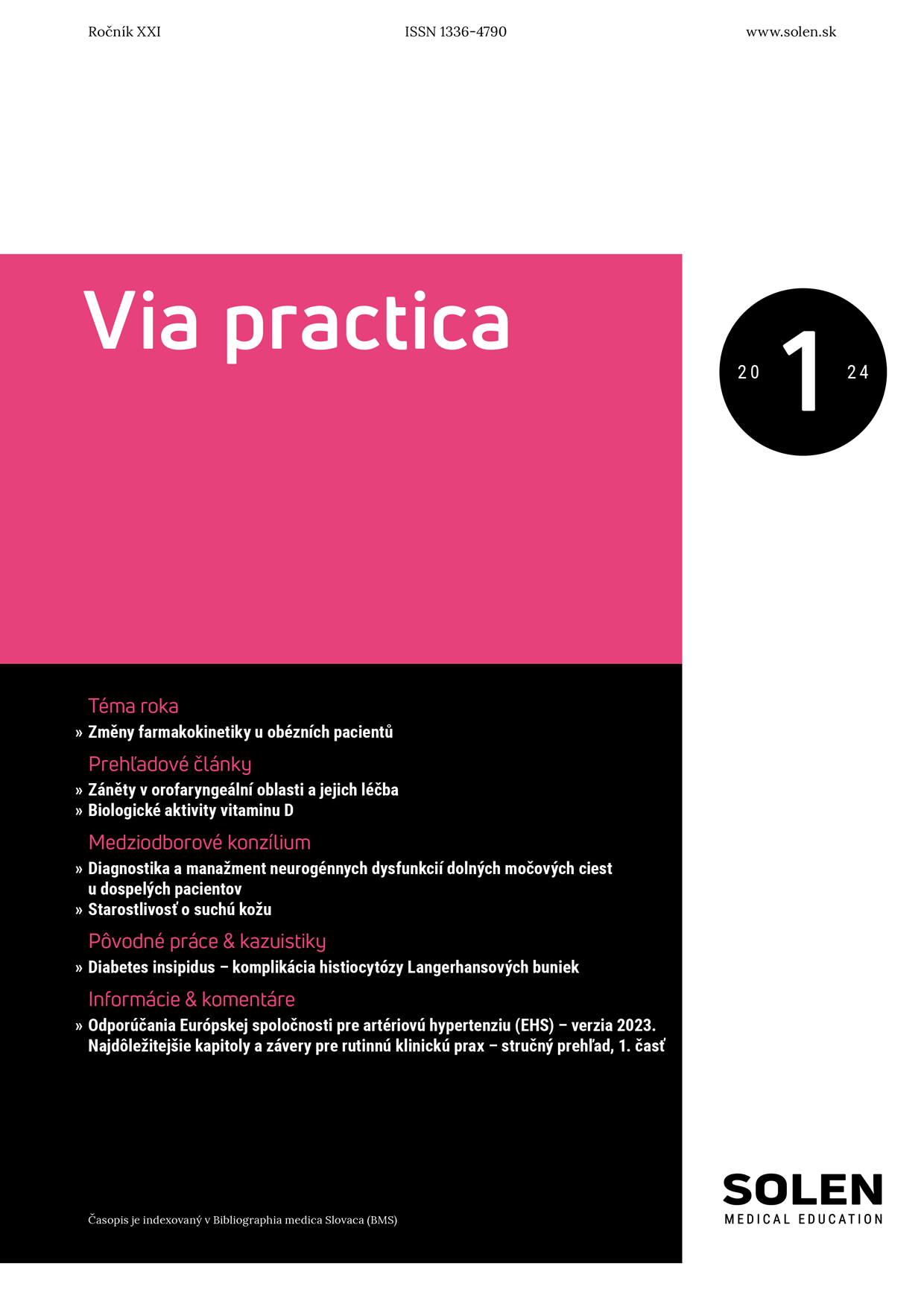
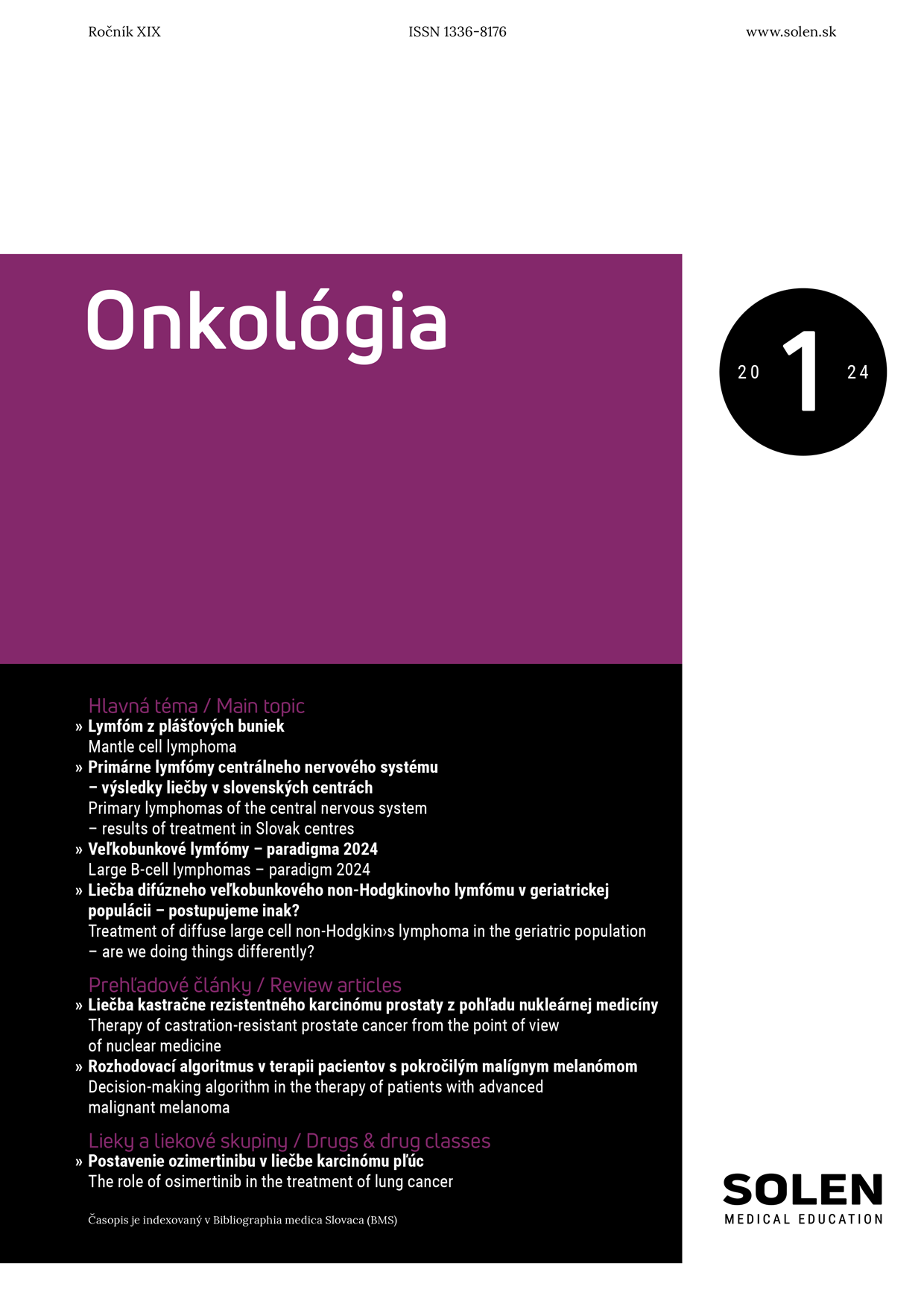
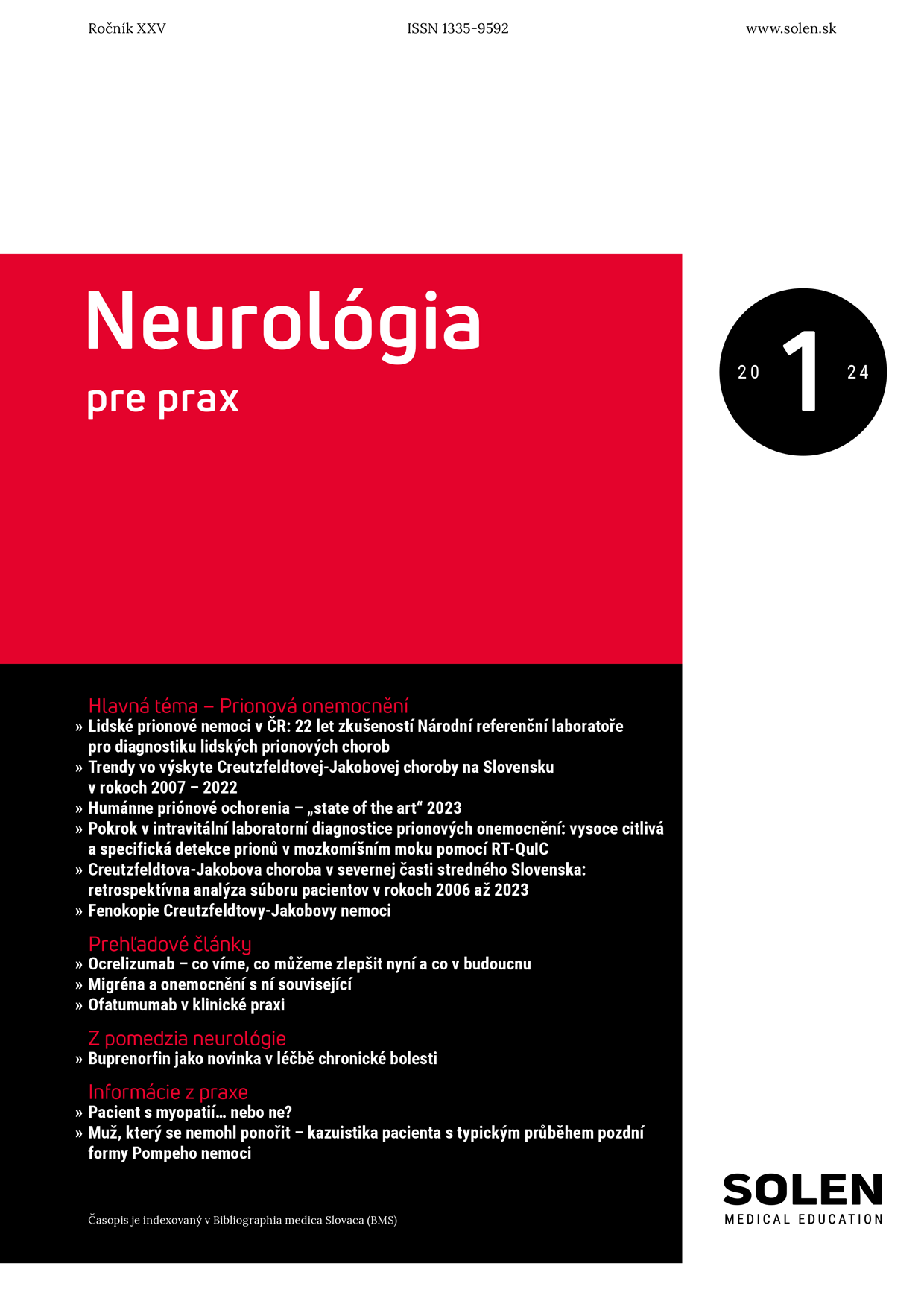
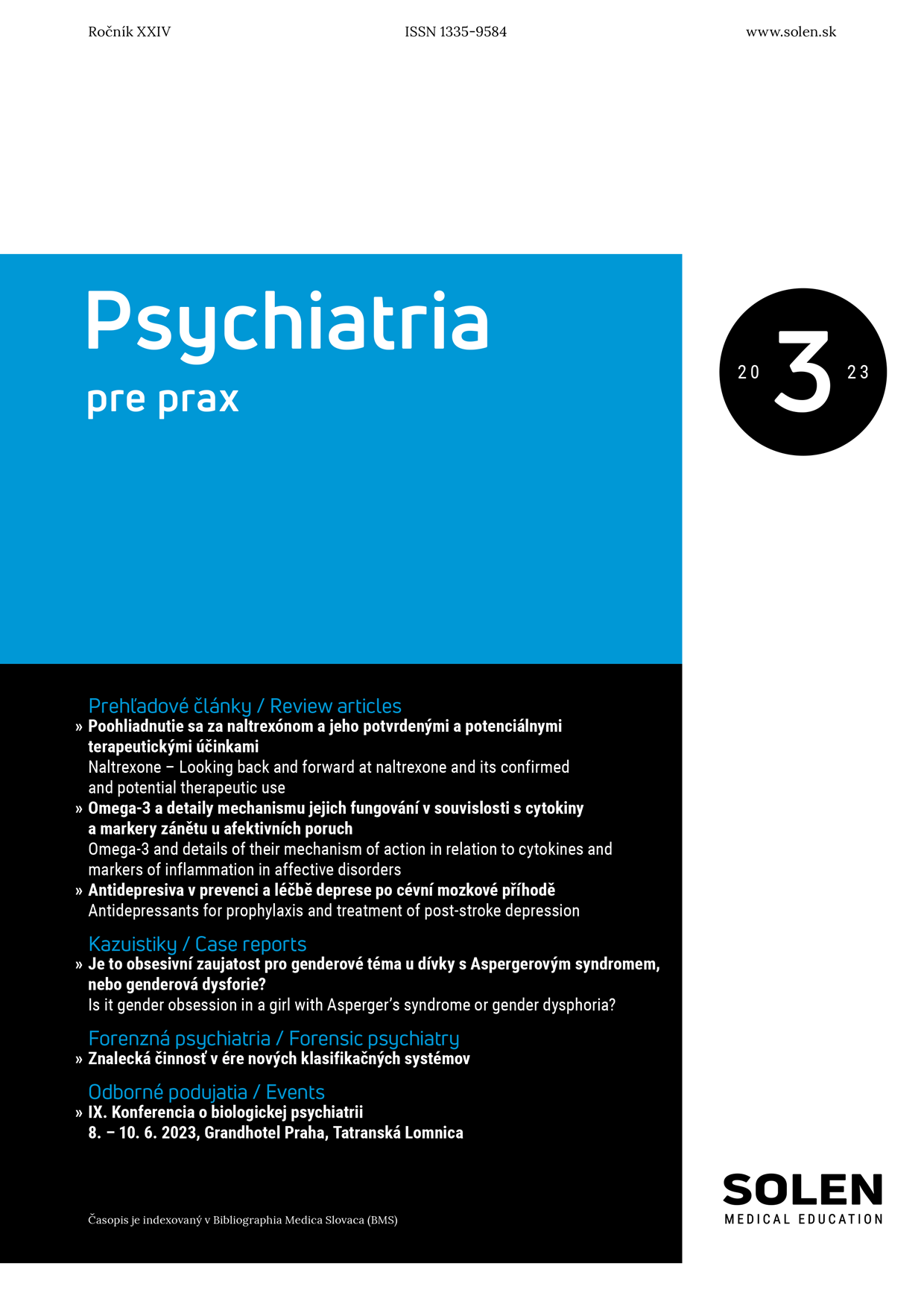
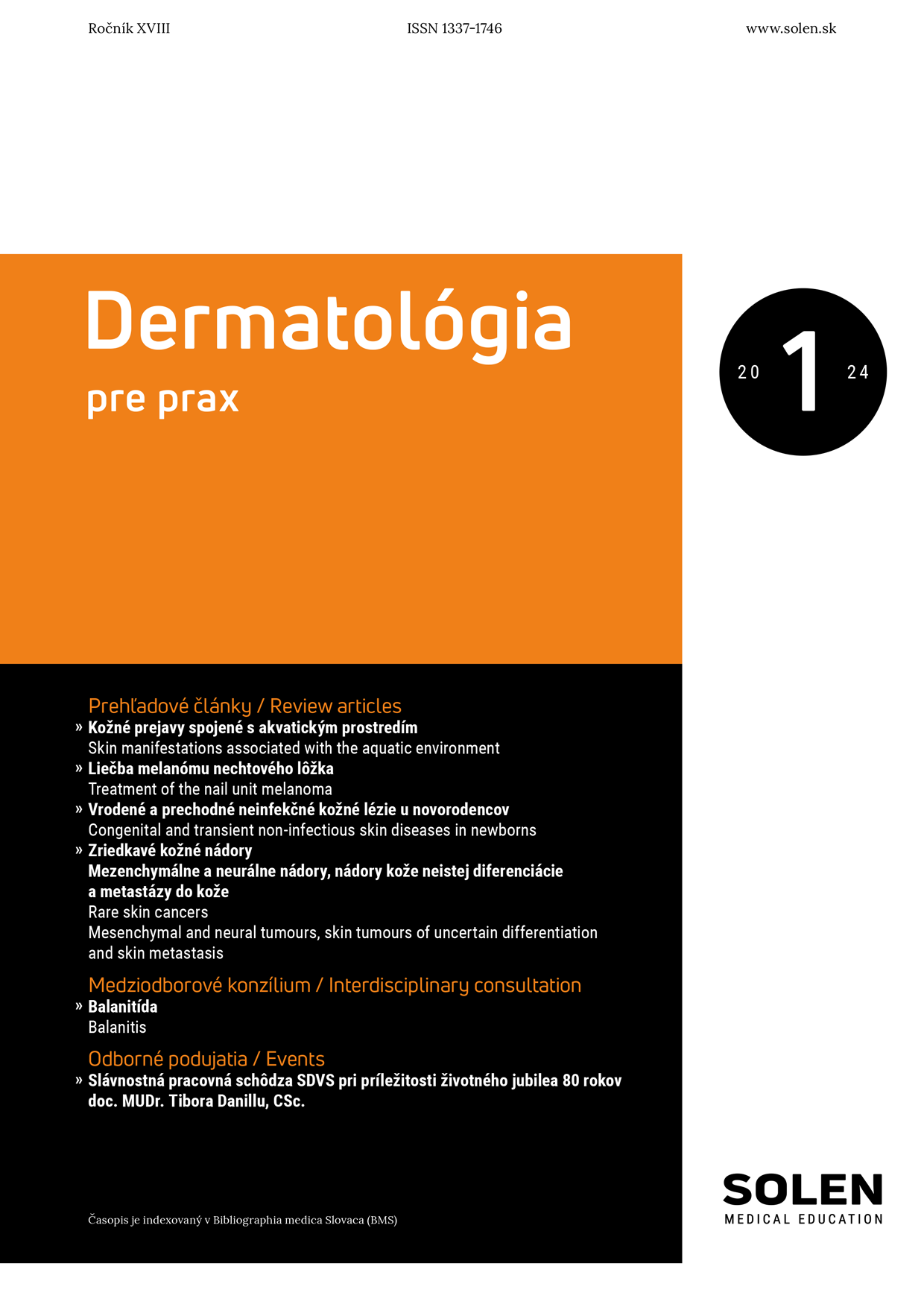
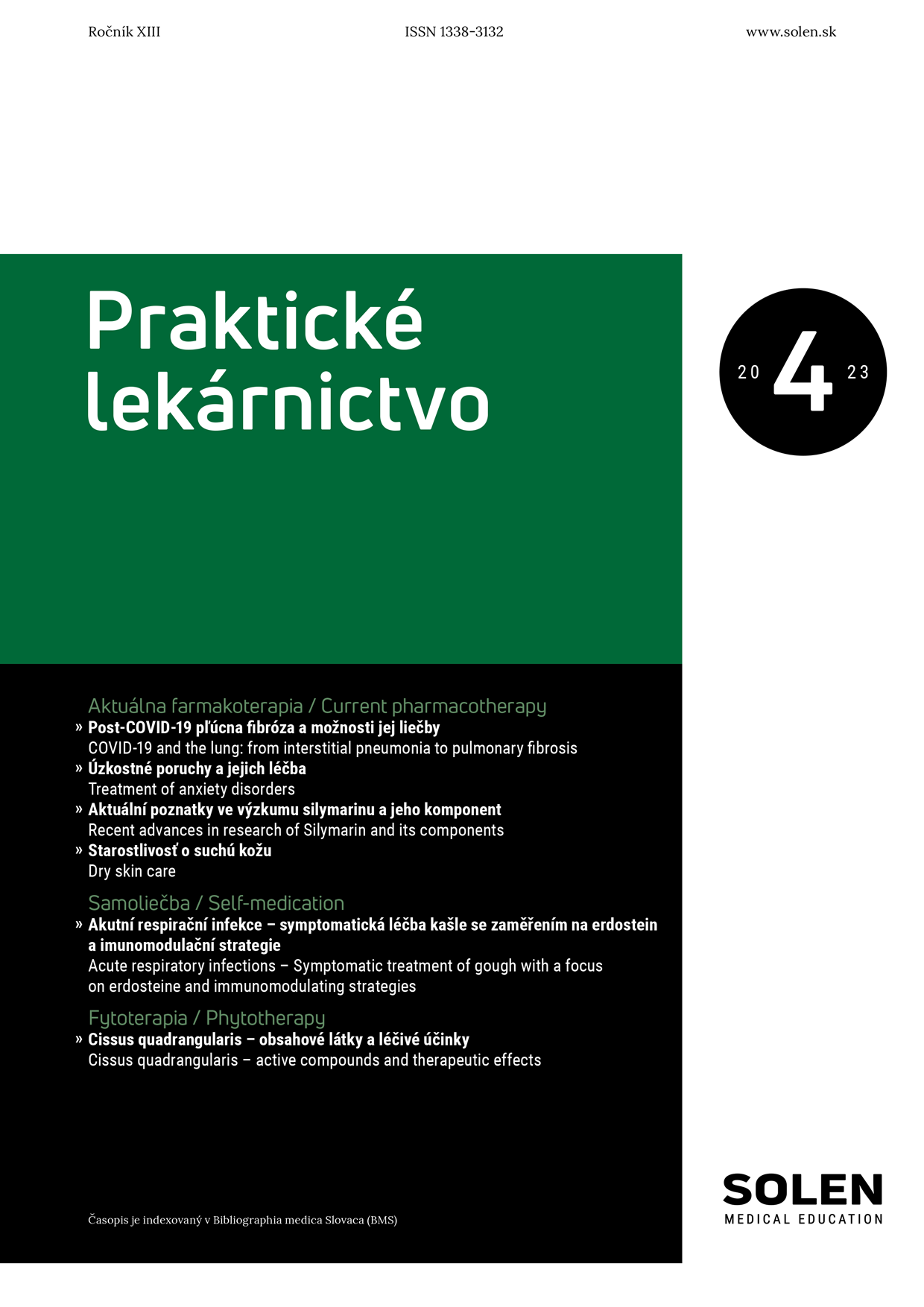
-1.png)
